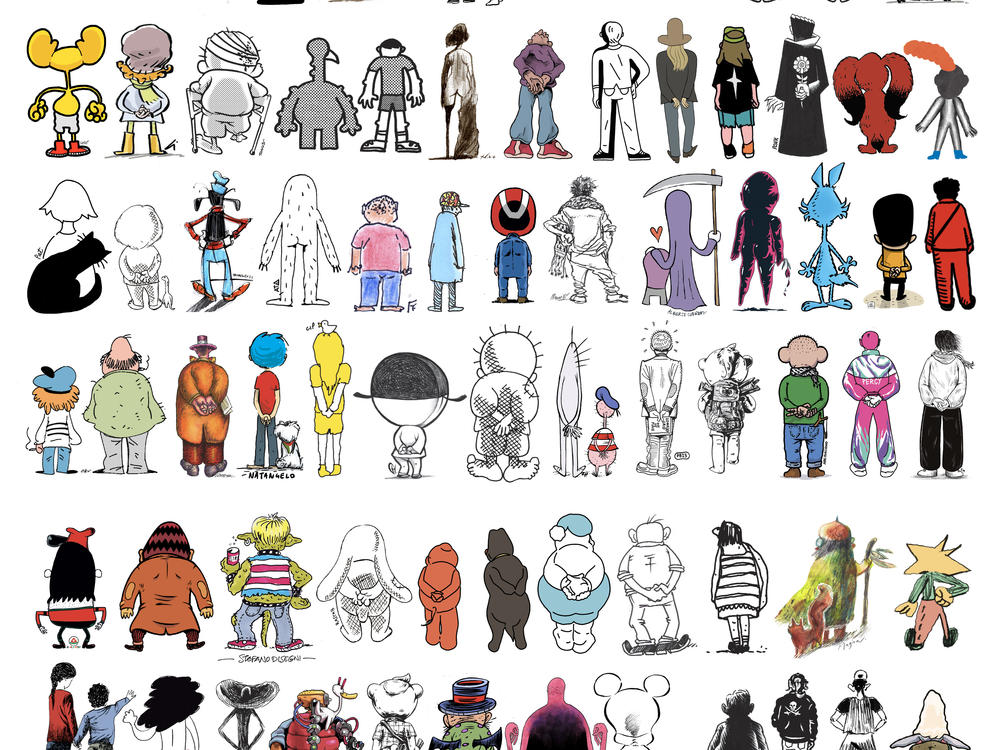
Introduction to Handala
Handala, a well-known cartoon character created by Palestinian artist Naji al-Ali, has become an enduring symbol of Palestinian identity and resistance. Since his first appearance in the 1960s, Handala has represented the voice of the oppressed and serves as a powerful reminder of the struggles faced by the Palestinian people. This character is important not only for its artistic value but also for its socio-political implications, making Handala a poignant figure in discussions about Palestinian rights and cultural heritage.
History and Evolution of Handala
Handala is depicted as a young boy with bare feet and a tattered tunic, often illustrated with his back turned to the viewer, representing his disconnection from a world that has denied him freedom and rights. Al-Ali introduced Handala as a reflection of the plight of Palestinian refugees and an expression of the chaotic political landscape in the region. Over the decades, Handala has appeared in various cartoons addressing critical issues from the continuing occupation to socio-economic hardships faced by the Palestinian people.
The character gained international acclaim and recognition, becoming synonymous with Palestinian resistance. His image has been embraced by various movements worldwide advocating for justice and human rights, reinforcing the universal message of resilience against oppression.
Recent Developments and Cultural Impact
In recent years, Handala has continued to find relevance amidst ongoing conflicts and social issues affecting the Palestinian community. Following the escalated tensions in Gaza and growing international attention on Palestinian rights, artworks featuring Handala have resurfaced on walls, posters, and social media platforms, urging solidarity and support. Artists and activists have used Handala’s image to mobilize public opinion around pertinent issues, demonstrating the character’s adaptability and relevance in contemporary scenarios.
Additionally, exhibitions highlighting Palestinian art have featured Handala as a central figure, showcasing how creative expressions can serve as a tool for advocacy and awareness. The character’s prominence within the artistic landscape underscores a shared cultural identity that transcends borders, bringing attention to the Palestinian narrative in the global context.
Conclusion: The Ongoing Relevance of Handala
Handala remains a significant emblem of the Palestinian struggle, embodying a collective spirit of resilience and hope. As global conversations surrounding human rights continue to evolve, the image of Handala serves as a poignant reminder of the need for justice and acknowledgment of the Palestinian plight. For readers, understanding the significance of Handala not only enriches the appreciation of Palestinian culture but also encourages a dialogue about the ongoing challenges in the region. As new generations connect with Handala, the character will likely persist as a symbol of defiance and identity in the face of adversity.
You may also like


The Importance of Pubs in British Society and Their Resurgence
